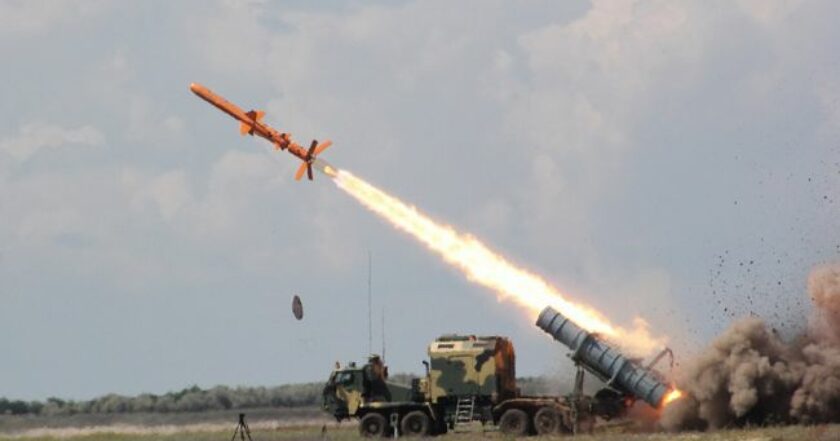Romania to cooperate with Ukraine in producing Neptune missiles

Фото: ілюстрація/facebook com GeneralStaff ua
Romania is considering the possibility of cooperation with Ukraine in developing and producing domestic R-360 Neptune anti-ship missiles.
This was reported by Army Recognition and Romanian mass media Newsweek.
According to the mass media, Romania seeks to follow the example of other European countries cooperating with Kyiv in defense production.
The joint production of Neptune missiles is expected to begin after the end of the Russian-Ukrainian war. This initiative aims to strengthen the control of the Black Sea's coastal waters.
The media outlet also emphasized that Ukraine is currently working on modernizing its Neptune missiles so that they can hit targets at a distance of up to a thousand kilometers. This step will increase the effectiveness and range of missiles, which is of great importance for both countries.
What is known about the Neptune missiles?
The R-360 Neptun missile is a ground-based subsonic anti-ship cruise missile developed by the Luch design bureau.
Its length is 5.05 meters, and its weight is 870 kg.
It can hit ships with a displacement of up to 5,000 tons at a distance of up to 280 km. The latest modification, made in 2023, allows the missile to hit not only ships but also ground targets.
According to Defense Express, the likely range of such a modified missile could reach 400 km (versus 300 km in the anti-ship version) and a warhead of 350 kg (versus 150 kg). However, it is possible that these are not the final characteristics of the modified missile.
In particular, according to the media outlet, at the end of August, it was reported that only a few dozen such missiles had been produced.
Defense Express suggests that the work on Neptune is one of the items on the list of "missile weapons and ammunition" on which Ukraine should spend UAH 175 billion next year.
It is worth adding that the Neptune missile has been actively used in the Russian-Ukrainian war. As Rubryka previously wrote, the first combat use of the Ukrainian coastal mobile complex with Neptune anti-ship missiles was in the early days of the war. Then, the Ukrainian missiles failed to hit the targets, but they saved Mykolaiv from the Russian landing.
Subsequently, on the night of April 14, 2022, two Ukrainian Neptune missiles hit the flagship of the Black Sea Fleet of Russia with the most powerful weapons. For this, two missiles of the complex were used.
In March 2024, this missile hit the landing ship "Kostyantyn Olshansky," based in Crimea.



















































